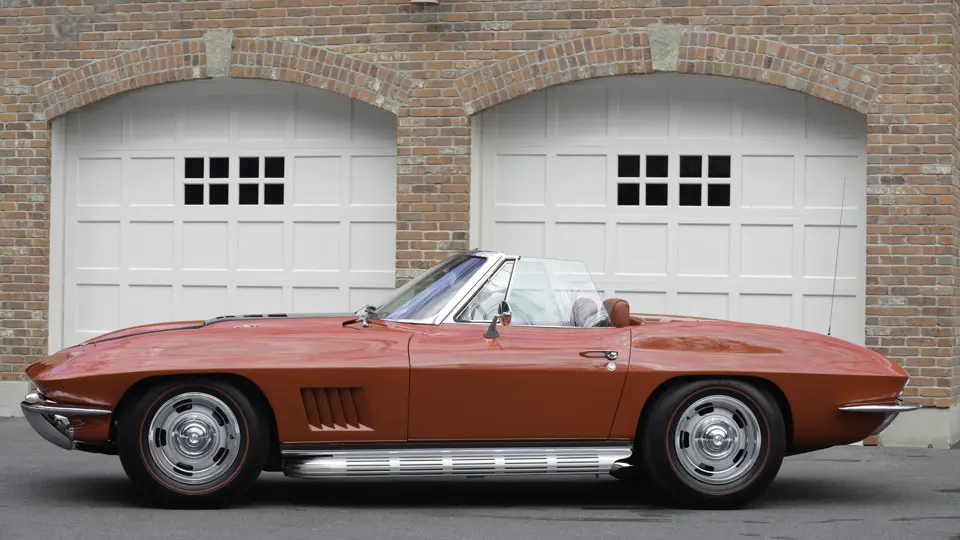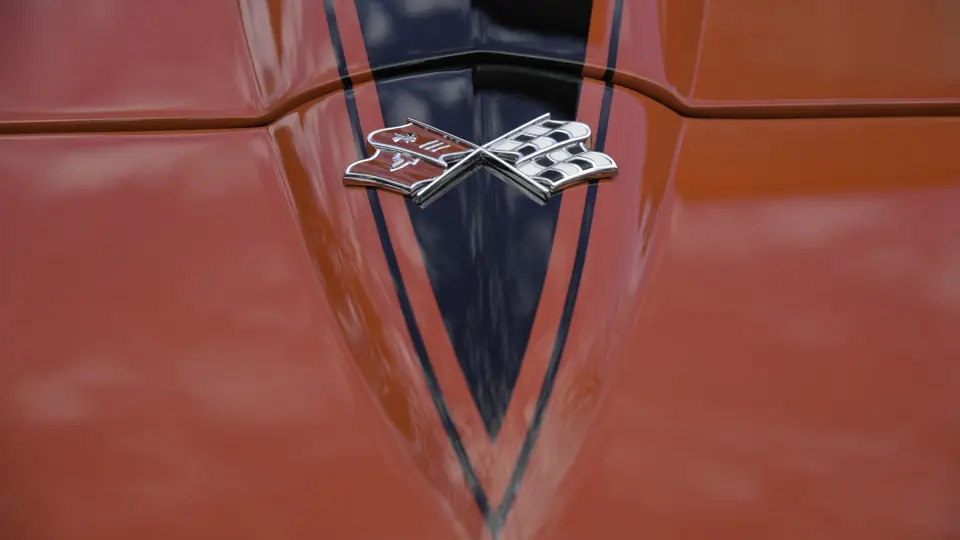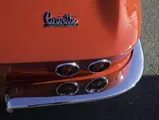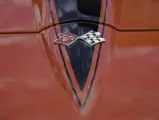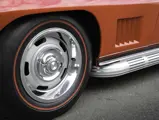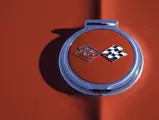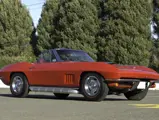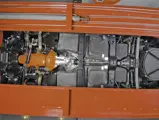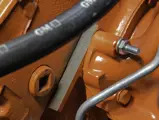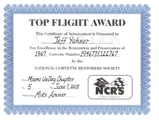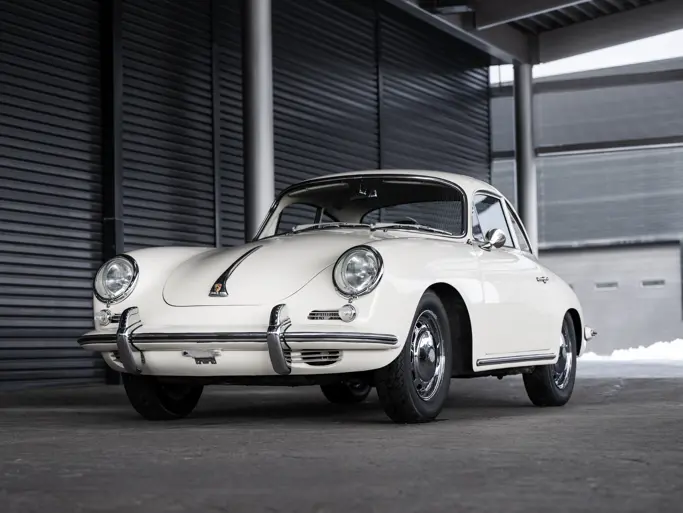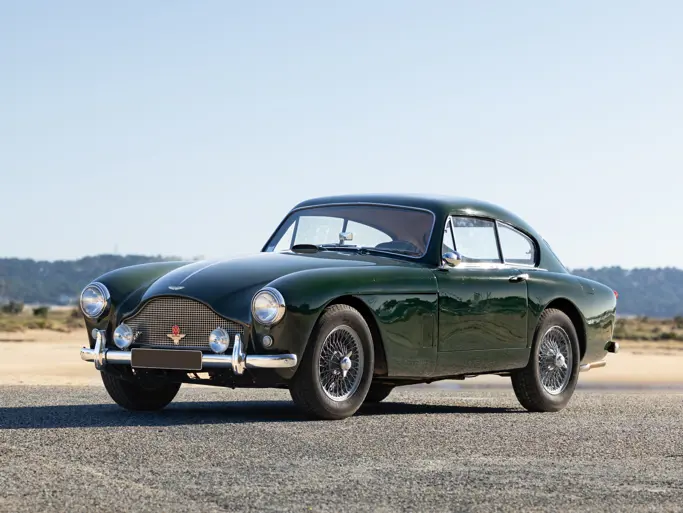
1967 Chevrolet Corvette Sting Ray 427/435 Convertible
{{lr.item.text}}
$148,500 USD | Sold
{{bidding.lot.reserveStatusFormatted}}
- Matching-number, 435-horsepower L71, solid-lifter 427
- Highly optioned, including rare J56 “big brakes” and factory hardtop
- Documentation includes a tank sticker, Protecto-Plate, and owner’s manual
- NCRS Top Flight Award, along with photo documentation of the restoration
- Believed GM executive “Brass Hat” car
- Ex-Rick Hendrick
435 bhp, 427 cu. in. OHV V-8 engine, triple Holley two-barrel carburetors, four-speed manual transmission with positraction, independent front suspension with coil springs, independent rear suspension with transverse leaf spring and lateral struts, and four-wheel disc brakes. Wheelbase: 98 in.
For some, the numbers might not mean anything: 1967, 427/435, M21. But if one knows Corvettes, then they say everything. They indicate a tri-power, four-speed 1967 convertible, the ultimate Sting Ray.
The year 1967 was supposed to have its own all new Corvette, replacing the beloved Sting Ray body. But Chevrolet’s schedule was disrupted, forcing them to hold the new styling until 1968. GM designers were given little time, and less money, to differentiate the ’67 from previous years, a situation that traditionally yields disappointing results. In this case, however, necessity and ingenuity combined in what some consider the most attractive Corvette of all.
Taken as a whole, the shape of the ’67 isn’t all that different from the year before, but the details make the difference. Or in some cases, the lack thereof. There are fewer emblems on the ’67 than any other Sting Ray. The five-slot fender louvers are functional, and they are particularly appropriate on this car, with the rare J56 big brake package, considered the racing brake setup, which was optioned on only 1.2% of all 1967 Corvettes. Corvette finally had a proper handbrake on the transmission tunnel, which was relocated from an under-dash pull handle.
Knock-off spinner wheels were removed from all cars for 1967, but once again, stylists made the most of a little and came up with the bolt-on aluminum rally wheel, which became one of the most-imitated wheel styles of the sixties. For those who wanted the ultimate open-air, big-block experience, optional side pipes let the world know that going for pinks at a stoplight against this car would be ill-advised.
A typical 1967 Corvette interior is black, but optional colors were available, as with the matching red leather interior with factory headrests and shoulder belts. An interior such as this is extremely rare, and it is one of a number of clues that leads one to believe it must have been ordered by someone with extra clout, a so-called Brass Hat car.
The general public learned about Brass Hat cars because of the examples leased to returning astronauts for $1/year, built with option packages that required a supervisor on the assembly line to oversee construction. Big GM dealers and company executives also had the pull to have a car built to their liking. This car is documented with a tank sticker that confirms that it is one of the best-optioned 1967 Sting Ray Convertibles known, and it lends great credence to the idea that it was an executive car. Further confirmation is the inclusion of the first owner’s name in the lower quadrant of the tank sticker, along with original delivery through Marley Chevrolet in Detroit.
The restoration of this NCRS 2008 Top Flight Award winner is fully documented with almost 200 pictures of the restoration process, including the engine and the transmission, as well as photos of the all-important chassis stampings. It has further benefited from a recent freshening by marque expert Ray Zisa.
In striking Rally Red with a black stinger; matching leather interior with headrests, optional hardtop, side pipes, heavy-duty power brakes, an all-important, numbers-matching, 435 horsepower, 427 V-8 engine; and recent ownership by race team owner and noted car collector Rick Hendrick, a Corvette lover’s search for the perfect Sting Ray could end right here.
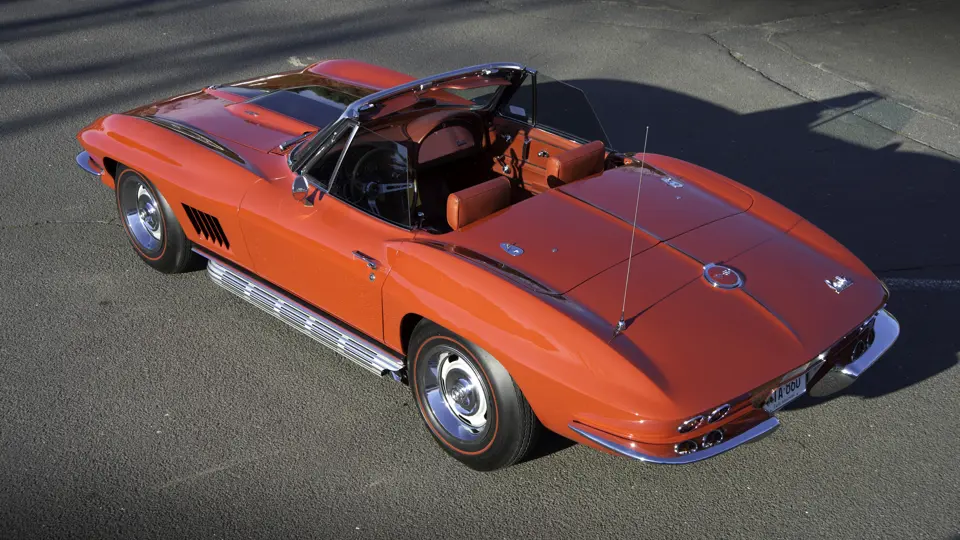




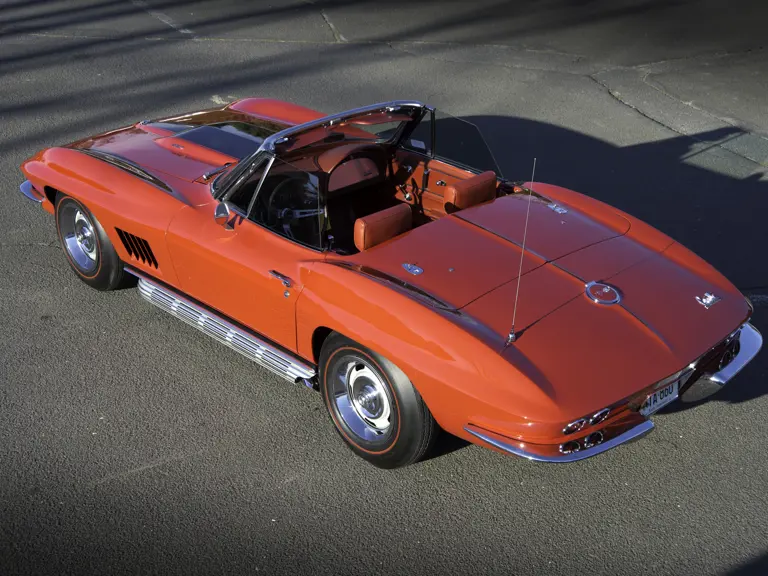
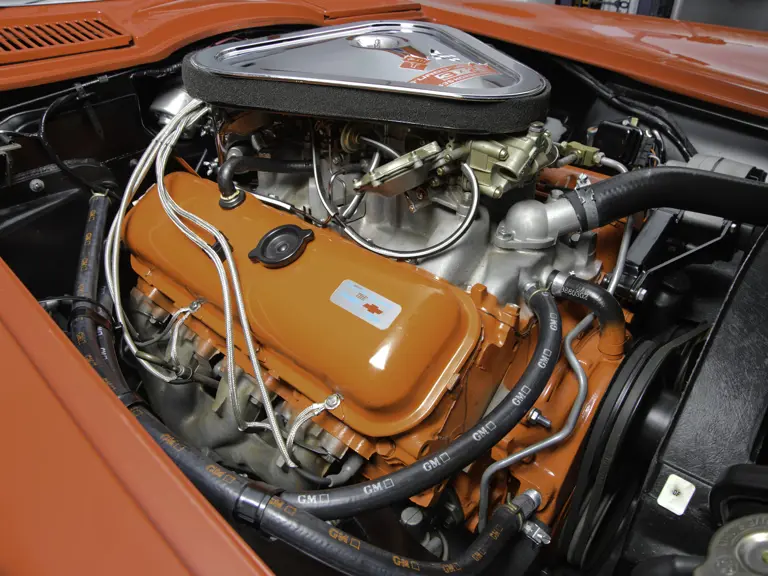
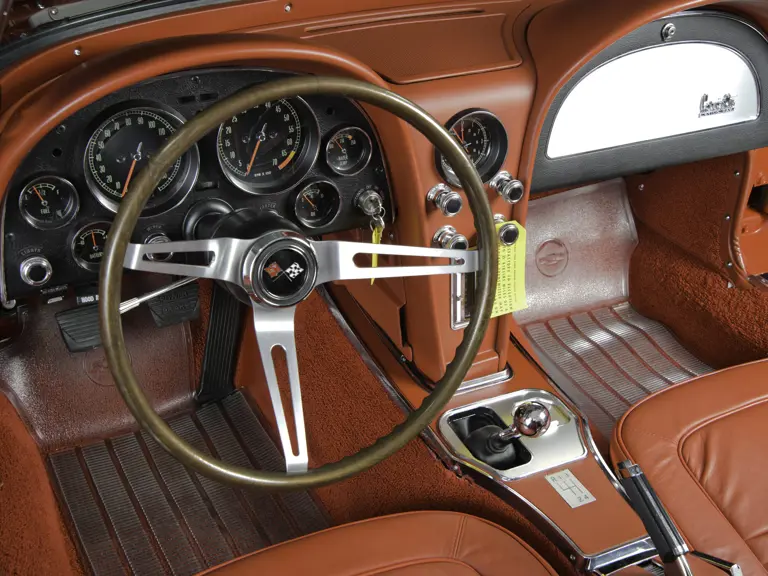
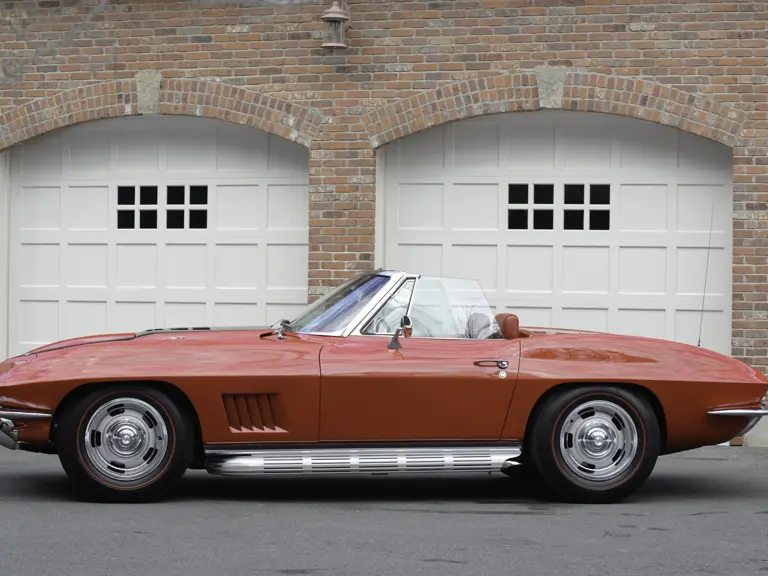
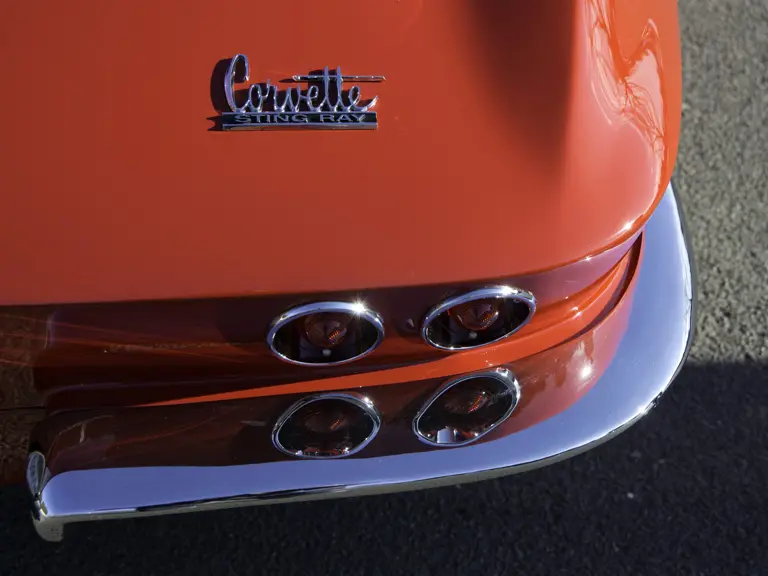

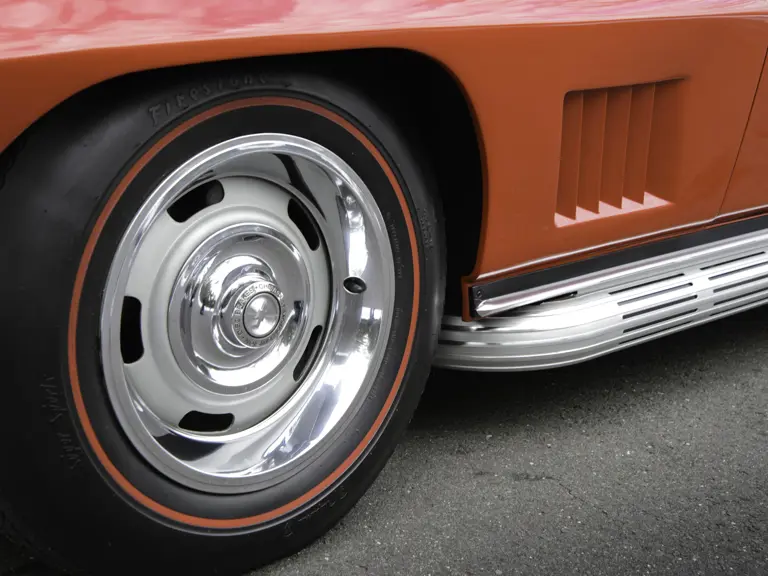

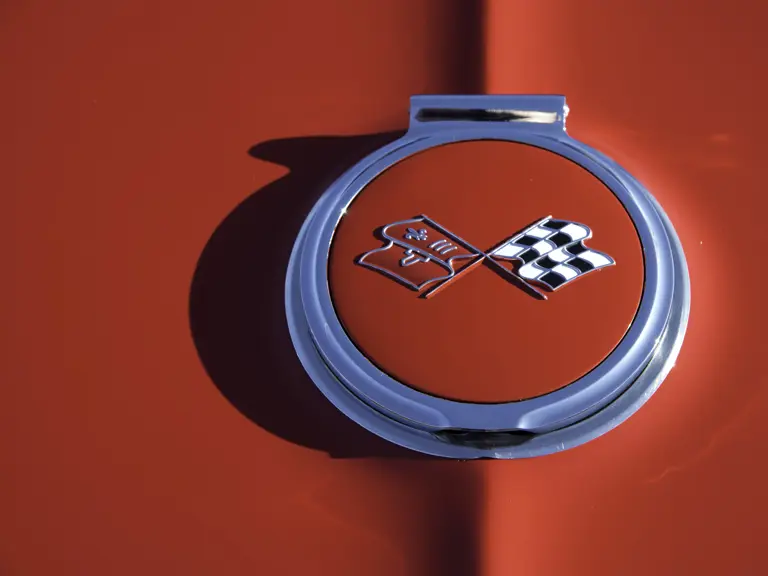
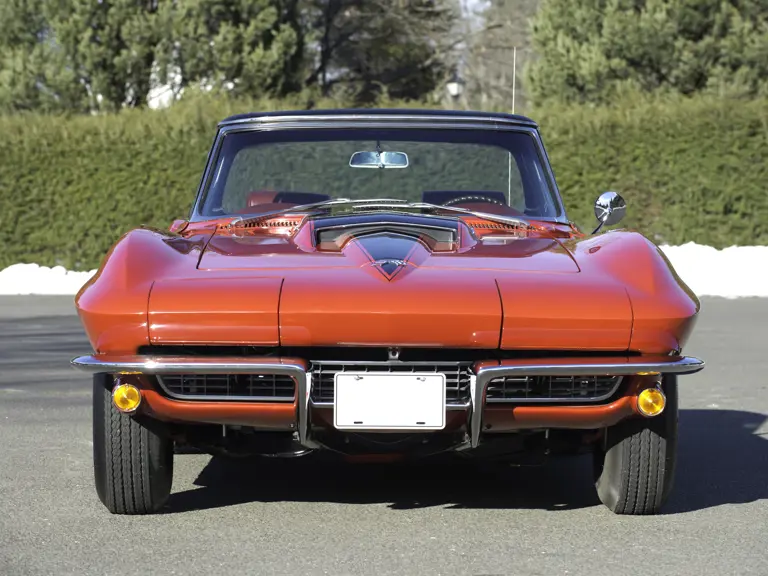

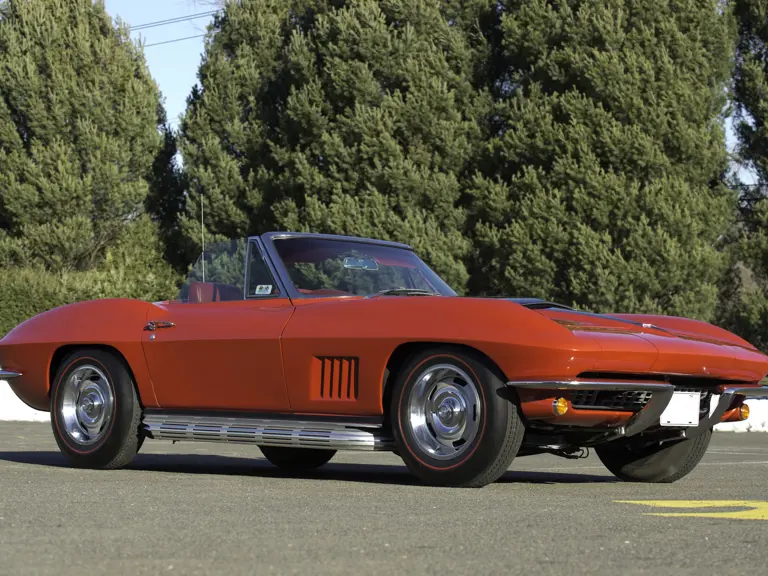
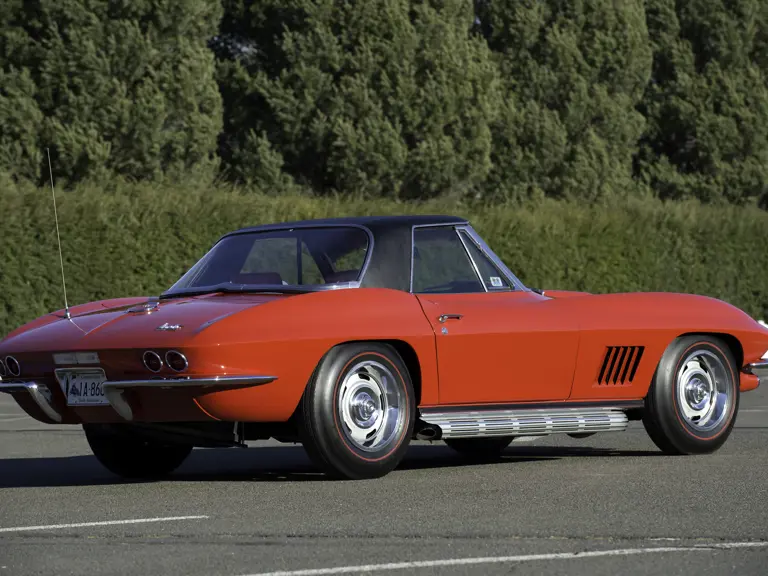
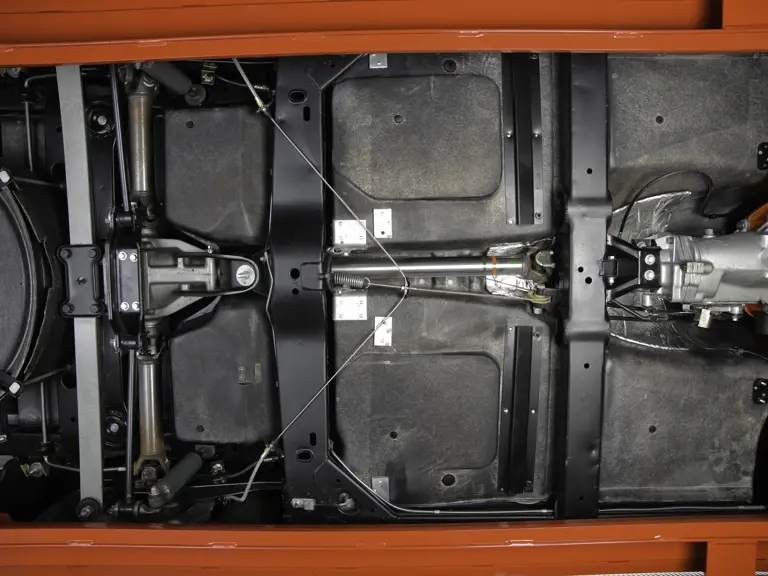
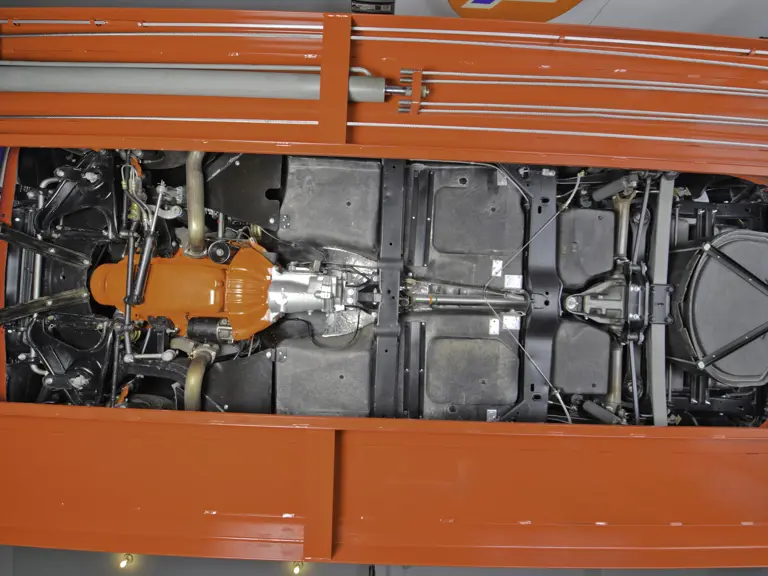
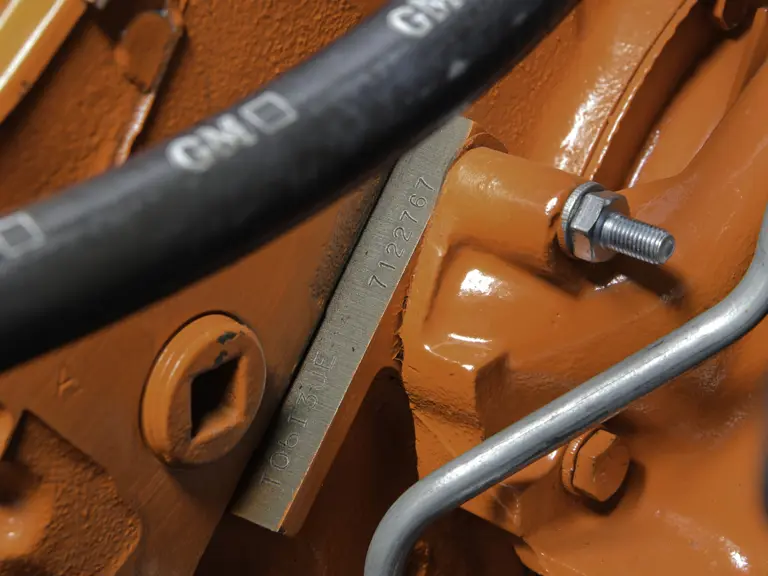
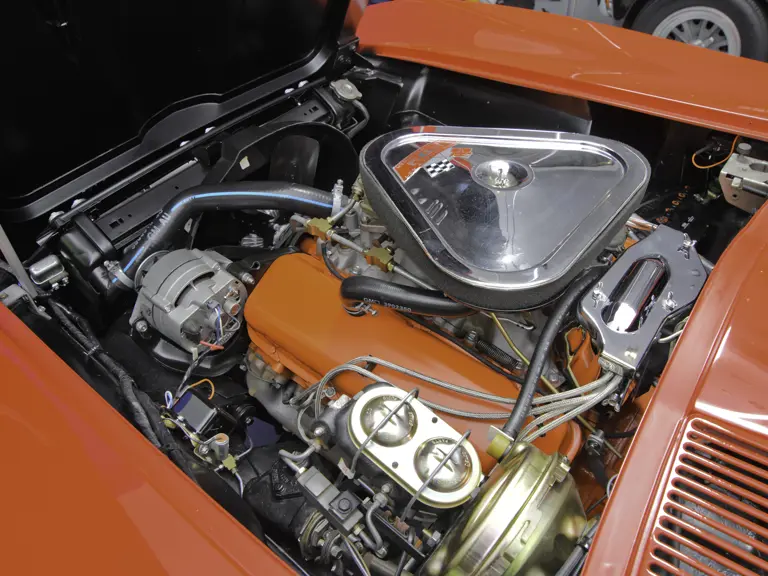

 | Amelia Island, Florida
| Amelia Island, Florida
